Shin persimmon astringent
alan haigh
12 years ago
Related Stories

FRUIT TREESHow to Grow Your Own Persimmons
Sturdy and easy to care for, these trees offer bright fruit through winter — and keeping them in bounds is no sweat
Full Story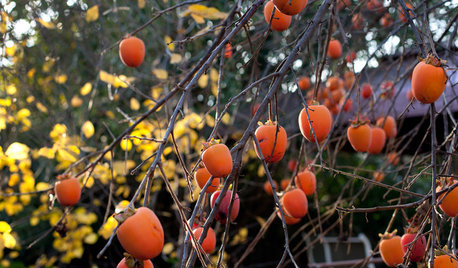
EDIBLE GARDENSGreat Design Plant: Persimmon
Combining beautiful fruit, vivid fall leaves and low maintenance, this tree is a winner in the garden
Full Story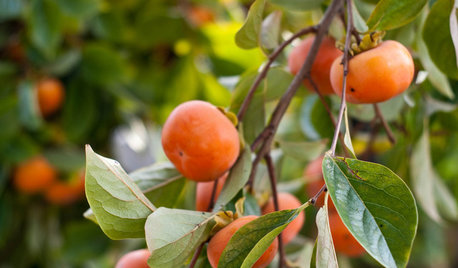
CALIFORNIA GARDENINGCalifornia Gardener's November Checklist
In a season of traditions, let's take advantage of California's familiar — as well as quirky — planting opportunities
Full Story
EDIBLE GARDENSHow to Grow 10 Favorite Fruit Trees at Home
Plant a mini orchard in fall, winter or early spring to enjoy fresh-off-the-tree fruit the following year
Full Story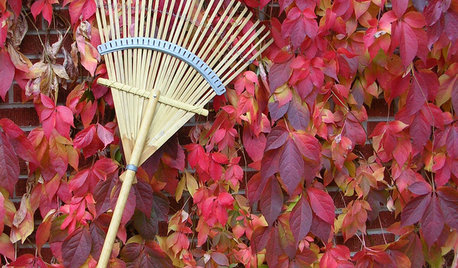
GARDENING GUIDESYour November Garden Checklist
What to do around the U.S. this month to help your garden thrive — when you're not admiring fall's brilliant colors, that is
Full Story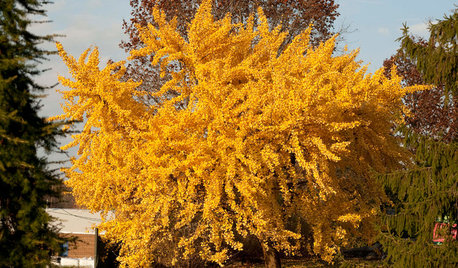
TREESTop 5 Trees for Fall Color in California
Bring a glorious sight to the landscape this autumn with one of these beauties that thrive in mild climates
Full Story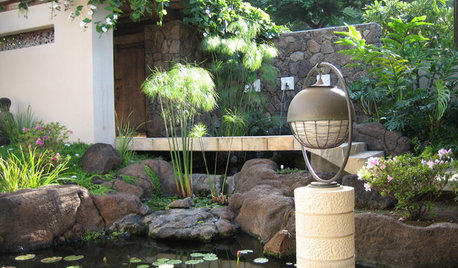
LANDSCAPE DESIGNRecipe for Asian Edible Garden Style
A surprising number of food plants are hiding out in Asian-themed landscapes. Add a few more and extend the Zen flavor to the kitchen
Full Story
LANDSCAPE DESIGNFlood-Tolerant Native Trees for Soggy Soil
Swampy sites, floodplains, even standing water ... if you've got a soggy landscape, these trees are for you
Full Story
COLORHow to Use Marsala, Pantone’s 2015 Color of the Year
Pantone digs deep and goes earthy with its selection. Here are ways to make it work in your home
Full Story






strudeldog_gw
alan haighOriginal Author
Related Professionals
East Rancho Dominguez Landscape Architects & Landscape Designers · Waterbury Landscape Contractors · Bell Gardens Landscape Contractors · Cockeysville Landscape Contractors · Dallas Landscape Contractors · Englewood Landscape Contractors · Essex Landscape Contractors · Lees Summit Landscape Contractors · Mequon Landscape Contractors · Porterville Landscape Contractors · Santa Maria Landscape Contractors · Shirley Landscape Contractors · Thonotosassa Landscape Contractors · Vacaville Landscape Contractors · Norridge Landscape Contractorscreekweb
Scott F Smith
maryhawkins99
indicente
strudeldog_gw
maryhawkins99
alan haighOriginal Author
creekweb
strudeldog_gw
maryhawkins99
iammarcus
bennylafleur
harbin_gw
alan haighOriginal Author
maryhawkins99
alan haighOriginal Author
indicente
harbin_gw
german_figfriend
indicente
alan haighOriginal Author
indicente
alan haighOriginal Author
german_figfriend
olga_6b
maryhawkins99
iammarcus
indicente
Tony
iammarcus
alan haighOriginal Author
indicente
alan haighOriginal Author
Tony
alan haighOriginal Author
indicente
alan haighOriginal Author
gonebananas_gw
indicente
alan haighOriginal Author
indicente
alan haighOriginal Author
indicente
alan haighOriginal Author
fruitcraz
indicente
alan haighOriginal Author
indicente